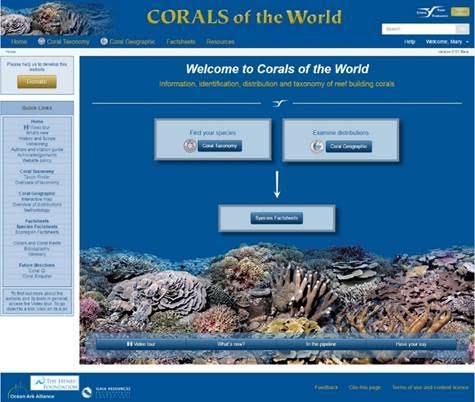
The Corals of the World project is a project to document the information, identification, distribution and taxonomy of reef building corals – globally. Gaia Resources has worked with the authors of the Corals of the World books, Charlie Veron and Mary Stafford-Smith (and others) to develop a web based version of these books which can be regularly updated as new information becomes available.
Over the period of working with the authors, we have developed several different components of the web site, and have continued to host and support the site since its launch at the International Coral Reef Symposium in Hawaii in June, 2016.
Client
Charlie Veron
Project Date
June 2016
Project Url